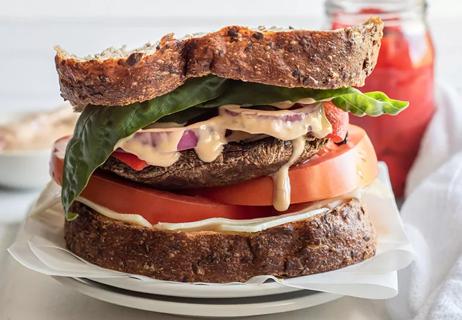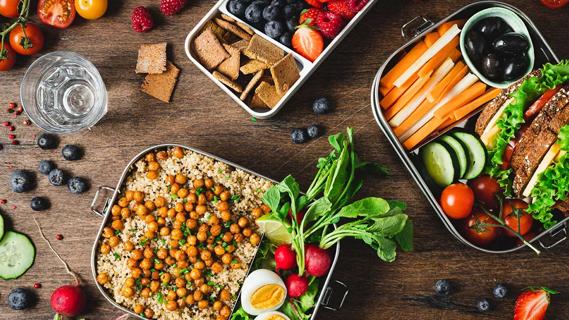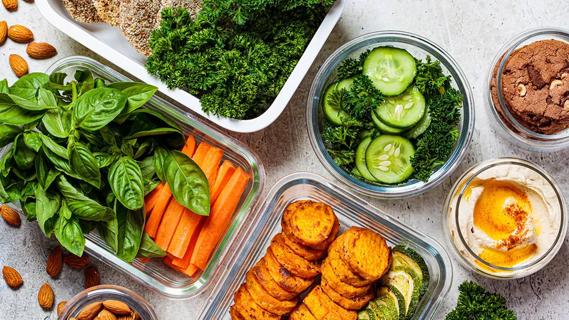Food-related conflict doesn’t have to sour your relationship

You got your exercise in for the day and are spending your afternoon chopping vegetables and whipping up homemade hummus for the week ahead. You’re feeling pretty pumped about the changes you’re making to your lifestyle.
Advertisement
Cleveland Clinic is a non-profit academic medical center. Advertising on our site helps support our mission. We do not endorse non-Cleveland Clinic products or services. Policy
Then your partner strolls into the kitchen and declares, “I’m hungry. Let’s order a pizza.”
Things can get tricky when you’re trying to get healthy but your dearly beloved isn’t on the same path — especially if you share a home and a kitchen.
“Because we spend so much time with our partners, their diet and exercise habits can have a profound impact on ours,” says registered dietitian Anna Kippen, MS, RDN, LD. “When our partners are bringing around calorie-rich indulgences, it can be a challenge to choose nutrient-dense foods over these items.”
So how can you stay on track while keeping your relationship free of food fights? It starts with some honesty, boundaries and compromise.
Getting your partner on board with your healthy eating mission has obvious advantages: You can keep each other accountable when one of you feels the urge to stress-eat fast food or wants to skip the Saturday hike you planned.
But it’s not necessarily a make-or-break thing.
“While some studies show that couples are far more likely to be successful when changing lifestyle patterns together, other studies show the opposite,” Kippen says. “This may be because one partner is likely to influence the other one if they decide to stop the healthy habits.”
Advertisement
So go ahead and invite your partner to join you in making some changes for the better, but do so without expectations.
“Have an honest talk with your partner where you ask about their health goals and motivations, and why they do or do not feel ready to make changes,” Kippen advises.
Even if you think your partner could stand to benefit from a diet overhaul, if they’re not ready, they’re not ready. And pushing them too hard could create friction between the two of you. “It’s important to factor in who you both are when making this decision,” she says.
Plus, you never know — your new habits might eventually start to rub off on your reluctant partner.
“Ultimately, creating a health environment and forming new positive associations with healthy food will be beneficial to you and your entire family,” Kippen says.
Establishing some healthy boundaries can help you stick to your well-laid plans when you’re going it solo.
Maybe you designate a certain area of the house — say, one drawer or a refrigerator in the garage — where your partner can stash the items that are off-limits for you. If cookies and chips are out of sight and out of mind, you may feel less tempted by them.
“Establish a plan that these foods only go into that location and an understanding that you do not know what’s in the drawer or visit it or supply it,” Kippen suggests.
It can also be helpful to establish expectations around grocery shopping and cooking. Will you each be cooking for yourself? Or will your partner have the same meal as you when you’re eating together? Being on the same page about this can help keep conflict at bay.
Advertisement
Advertisement
Learn more about our editorial process.
Advertisement

A satisfying veggie option with a kick

No more scrambling to figure out what to eat during your busy week

Set yourself up for success by carefully choosing your recipes, storage containers and prepping day

A colorful side dish to brighten any meal

A creamy mashed cauliflower that’s sure to please

Impress your Thanksgiving guests with this homemade treat!

These breaks may have some benefits — but they promote an unhealthy attitude toward food

Type 2 diabetes isn’t inevitable with these dietary changes

Applying a hot or cold compress can help with pain